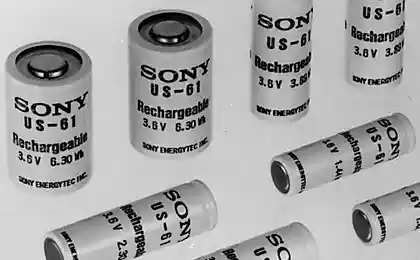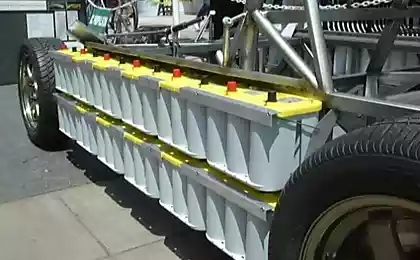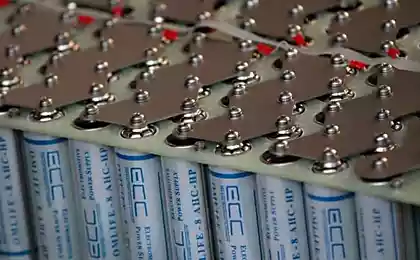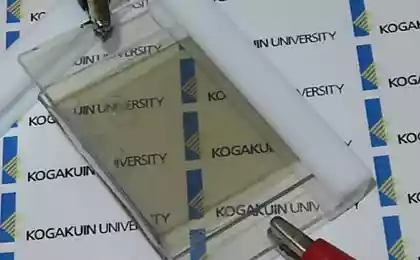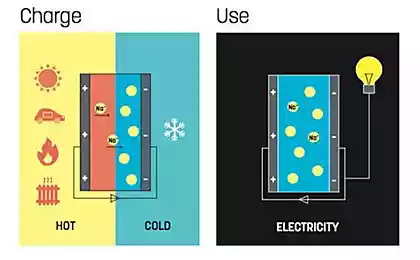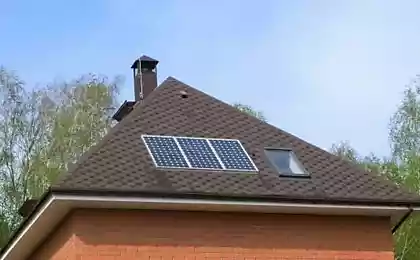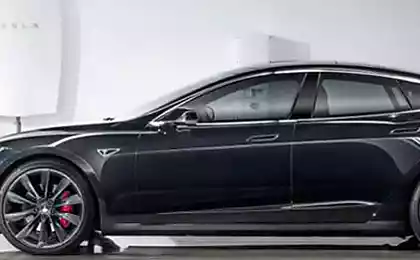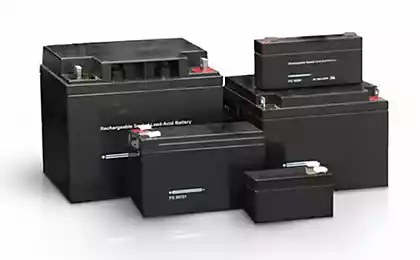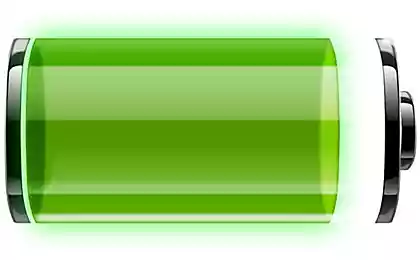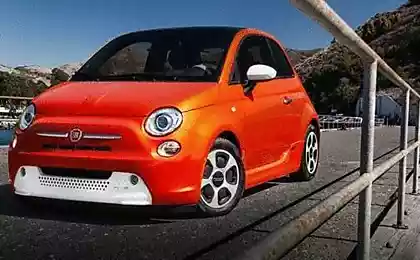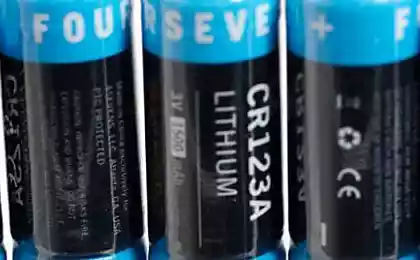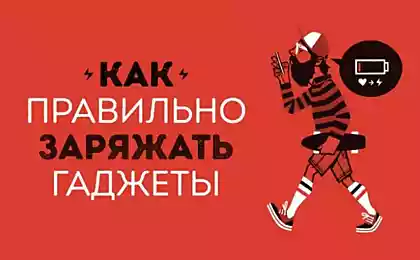611
New types of batteries are replacing lithium ion batteries
The future of electric vehicles depends largely on improving the batteries — they should weigh less, charge faster and thus produce more power. Scientists have already achieved some results. A team of engineers has created a lithium-oxygen batteries, which do not dissipate power unnecessarily and could serve for decades. But an Australian scientist has presented the supercapacitor based on graphene that can be charged millions of times without loss of efficiency.
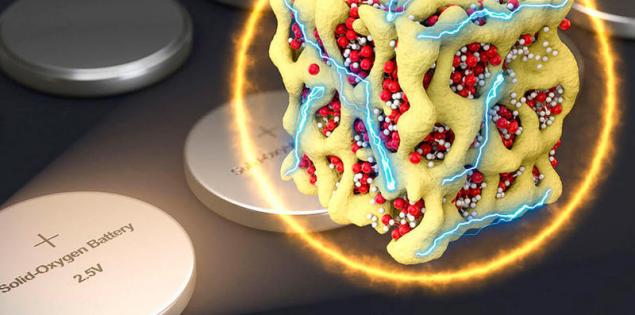
Lithium-oxygen batteries are lightweight and produce a lot of energy and would be the ideal components for electric vehicles. But such batteries have a significant disadvantage — they wear quickly and emit too much energy in the form of heat wasted. New development of scientists from MIT, Argonne national laboratory and Peking University promises to solve this problem.
Created by a team of engineers lithium-oxygen batteries using nanoparticles, which contain Li and oxygen. When this oxygen when changing States remains inside the particle and does not return to the gas phase. This distinguishes development from lithium-air batteries, which get oxygen from the air and release it into the atmosphere during the reverse reaction. The new approach allows to reduce the loss of energy (the voltage is reduced almost in 5 times) and increase the battery life.
Lithium-oxygen technology is also well adapted to the real conditions, in contrast to lithium-air systems which suffer when in contact with moisture and CO2. In addition, the batteries on the lithium and oxygen is protected from excessive charging — as soon as the energy becomes too much, the battery is switched to the other type of reaction.
Researchers conducted 120 cycles of charge-discharge, however, the performance decreased by only 2%.
So far, scientists have created a prototype of the battery, but during the year they intend to develop a prototype. It does not need expensive materials and manufacturing is largely similar to the production of traditional lithium-ion batteries. If the project will be implemented in the near future electric cars will save twice more energy and the same mass.
Engineer from Swinburne University of Technology in Australia solved another problem of batteries is their rate of recharge. Developed supercapacitor is charged almost instantly and can be used for many years without loss of efficiency. Han Lin used graphene — one of the most durable materials today. Due to its structure, resembling a honeycomb, graphene has a large surface area for energy storage. Scientist printed graphene fins on a 3D printer — this method of production also allows to reduce costs and increase scale.
Created by a scientist supercapacitor produces the same amount of energy per kilogram of body weight, and how many Li-ion batteries, but recharges in just a few seconds. Instead of the lithium it uses graphene, which is much cheaper. According to Khan Lin, supercapacitors can undergo millions of charge cycles without any loss of quality.
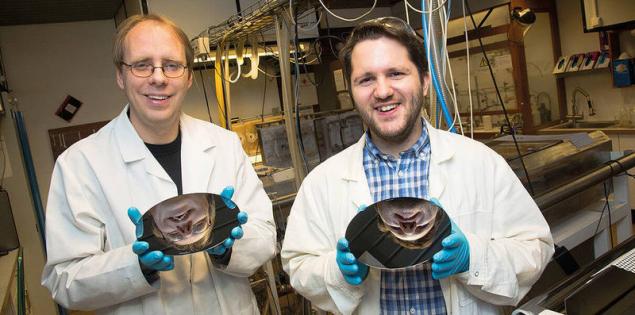
The production of batteries is not in place. The Kreisel brothers from Austria have created a new type of batteries that weigh almost two times less than the batteries in a Tesla Model S.
Norwegian scientists from the University of Oslo invented a battery that can fully charge in half a second. However, their development is designed for urban public transport, which makes regular stops each bus will be recharged and enough power to get to the next stop.
Scientists at the University of California, Irvine close to creating a perpetual battery. They have developed a nanowire battery that can be recharged hundreds of thousands of times.
And the engineers at rice University have managed to create lithium-ion battery operating at a temperature of 150 degrees Celsius without loss of efficiency.
P. S. And remember, only by changing their consumption — together we change the world! ©
Source: hightech.fm/2016/07/26/batteries

Lithium-oxygen batteries are lightweight and produce a lot of energy and would be the ideal components for electric vehicles. But such batteries have a significant disadvantage — they wear quickly and emit too much energy in the form of heat wasted. New development of scientists from MIT, Argonne national laboratory and Peking University promises to solve this problem.
Created by a team of engineers lithium-oxygen batteries using nanoparticles, which contain Li and oxygen. When this oxygen when changing States remains inside the particle and does not return to the gas phase. This distinguishes development from lithium-air batteries, which get oxygen from the air and release it into the atmosphere during the reverse reaction. The new approach allows to reduce the loss of energy (the voltage is reduced almost in 5 times) and increase the battery life.
Lithium-oxygen technology is also well adapted to the real conditions, in contrast to lithium-air systems which suffer when in contact with moisture and CO2. In addition, the batteries on the lithium and oxygen is protected from excessive charging — as soon as the energy becomes too much, the battery is switched to the other type of reaction.
Researchers conducted 120 cycles of charge-discharge, however, the performance decreased by only 2%.
So far, scientists have created a prototype of the battery, but during the year they intend to develop a prototype. It does not need expensive materials and manufacturing is largely similar to the production of traditional lithium-ion batteries. If the project will be implemented in the near future electric cars will save twice more energy and the same mass.
Engineer from Swinburne University of Technology in Australia solved another problem of batteries is their rate of recharge. Developed supercapacitor is charged almost instantly and can be used for many years without loss of efficiency. Han Lin used graphene — one of the most durable materials today. Due to its structure, resembling a honeycomb, graphene has a large surface area for energy storage. Scientist printed graphene fins on a 3D printer — this method of production also allows to reduce costs and increase scale.
Created by a scientist supercapacitor produces the same amount of energy per kilogram of body weight, and how many Li-ion batteries, but recharges in just a few seconds. Instead of the lithium it uses graphene, which is much cheaper. According to Khan Lin, supercapacitors can undergo millions of charge cycles without any loss of quality.

The production of batteries is not in place. The Kreisel brothers from Austria have created a new type of batteries that weigh almost two times less than the batteries in a Tesla Model S.
Norwegian scientists from the University of Oslo invented a battery that can fully charge in half a second. However, their development is designed for urban public transport, which makes regular stops each bus will be recharged and enough power to get to the next stop.
Scientists at the University of California, Irvine close to creating a perpetual battery. They have developed a nanowire battery that can be recharged hundreds of thousands of times.
And the engineers at rice University have managed to create lithium-ion battery operating at a temperature of 150 degrees Celsius without loss of efficiency.
P. S. And remember, only by changing their consumption — together we change the world! ©
Source: hightech.fm/2016/07/26/batteries
The grill house: step by step instructions
A very simple method of propagating violets — seven guys!
